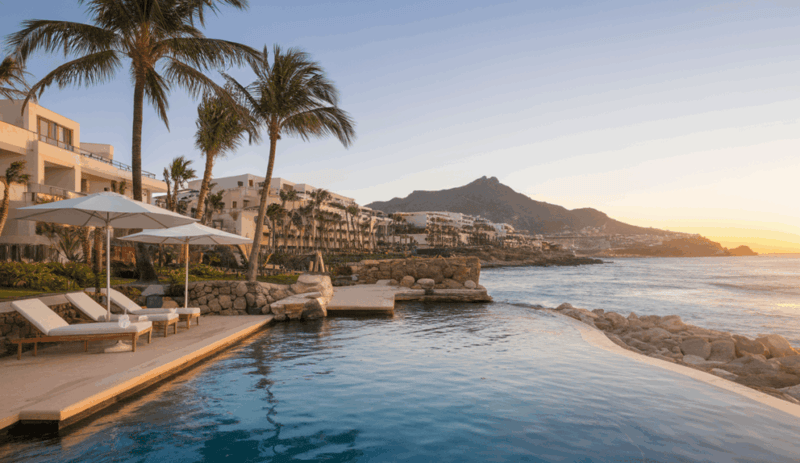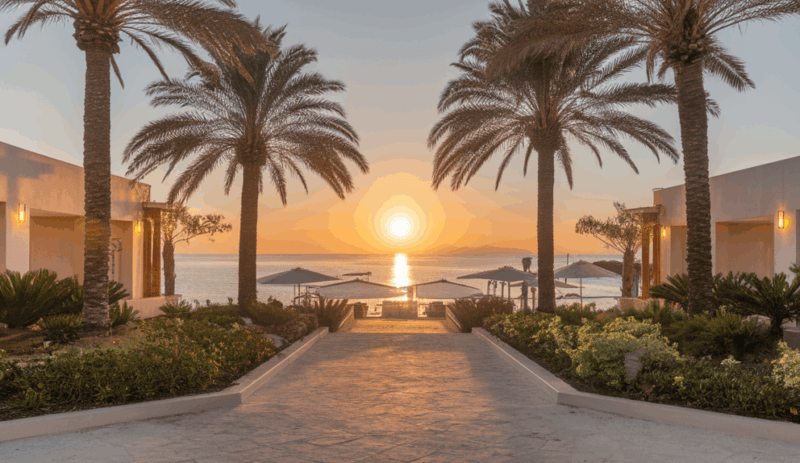You’re planning your dream Mexican getaway, scrolling through endless beach photos, but something feels confusing. Los Cabos? Cabo San Lucas? Are they the same thing?
These names seem to pop up everywhere, leaving you scratching your head. By the end of this article, you’ll understand exactly what sets these destinations apart, where they’re located, and why knowing the difference matters for travelers and potential property buyers.
More Than a Name
When people hear “Los Cabos” they picture a strip of sand-filled resorts and neon clubs. That view isn’t wrong, but it’s only half the story. Los Cabos actually covers about 60 miles of wildly different land at the tip of Baja California, Mexico.
Inside it sit three places – San José del Cabo, Cabo San Lucas, and the corridor that links them. Each spot has its own geography, culture and money-making vibe. The point is that tourists, buyers and potential residents need to get the full picture, otherwise they end up with cheap stereotypes.
Cabo San Lucas: The Tourist Hub
Cabo San Lucas grabs most of the spotlight. Its busy marina, big sport-fishing fleet and a night life that runs from fancy clubs to beachfront bars explain the hype. You can explore more about this vibrant destination on our comprehensive guide.
Fancy hotels line the beach in this part of Cabo, Mexico, yet you can also find old-school Mexican taquerías where locals eat. Even though the town is known for parties, you can still have a quiet sunrise paddle-board session at Medano Beach or rent a private yacht that sails from desert to sea.
The Land Changes
The ≈ 60-mile stretch moves from desert scrub to sparkling ocean. Up north, San José del Cabo is slower, full of cobbled streets, colonial houses and a buzzing art scene with weekly galleries and festivals. You can view the area’s beautiful landscape on Google Maps.
Heading south, the corridor spreads out – a thin strip where dunes meet turquoise water, a “desert-meets-sea” vibe for folks who want a bit of both city comfort and wild solitude. At the very southern tip, Cabo San Lucas is the most built-up, the land reshaped by hotels and condos.
Also Check Out: What’s the Process of Buying a Condo in Cabo?
Tourism and Real Estate
If you look at market numbers, each zone acts differently. Investors notice Cabo San Lucas brings the best vacation-rental fill-rates because its name is already famous. San José del Cabo pulls buyers who want quiet, culture and a place they could stay for years.
Homes there tend to rise in price as the art reputation grows. The corridor sits in the middle – less built, a mix of nature and amenities – making it a spot where values could climb as roads and services improve.
Practical Tips for Visitors and Movers
Getting around Los Cabos needs planning and local know-how. The highway that ties San José, the corridor and Cabo San Lucas together is decent, but it’s long and traffic can change, so a rental car is a must if you want to get off the main resort strip.
Cabo San Lucas leans heavy on tourism – fast internet, fancy clinics and a big bus system. The corridor and San José stay more low-key, with fewer chain stores and more reliance on neighbourhood services.
Conclusion
Los Cabos is not a single, flat vacation spot. It is a layered land where desert, sea, history and modern growth meet. Knowing the geographic splits, cultural flavor and money chances of San José del Cabo, Cabo San Lucas and the corridor turns a simple trip into something richer.





